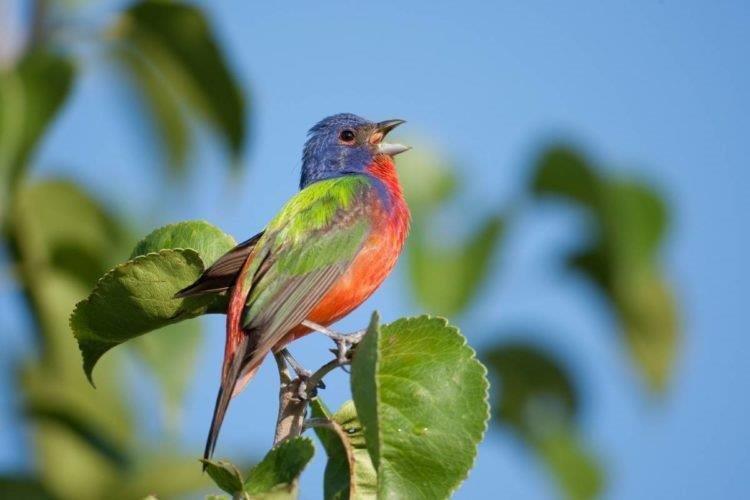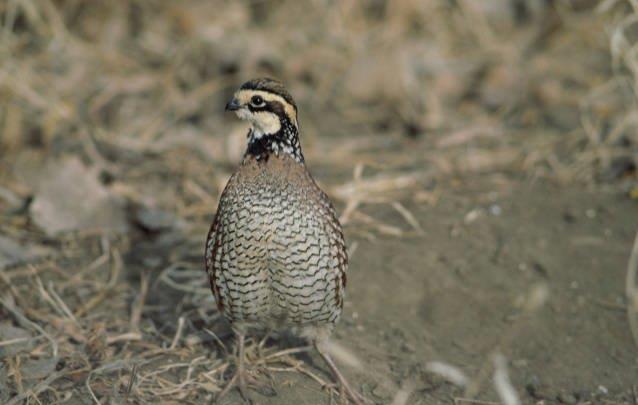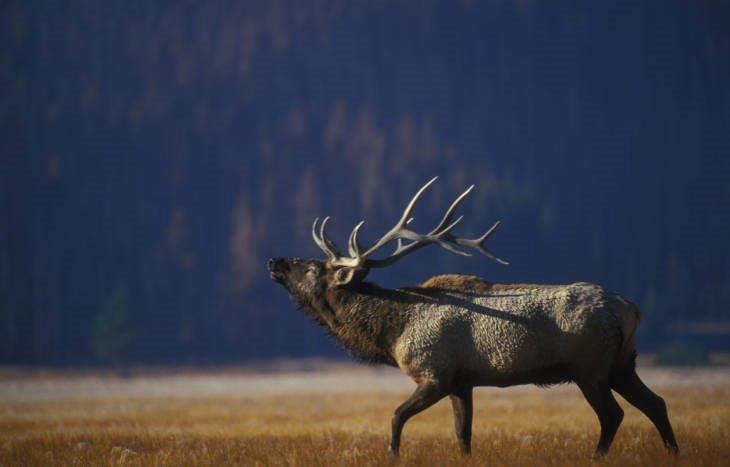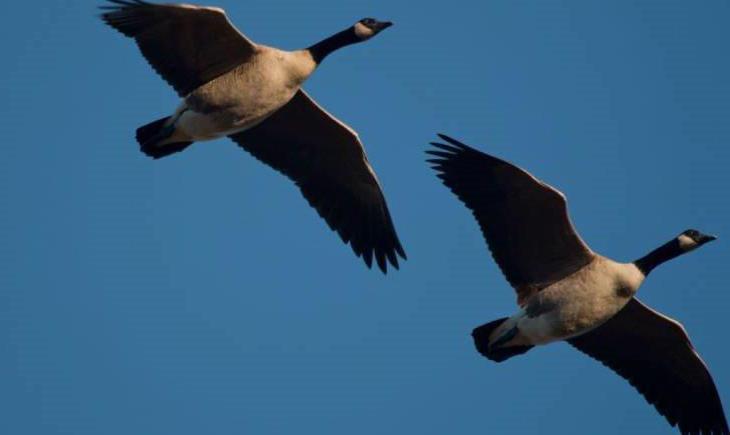
6 minute read
The Sounds of Nature Call Us Back to the Wild
There are some sounds in the great outdoors that you hear, and they touch your soul. You don’t have to see what made the sound because when you hear it, you instantly see it in your mind. You may even hear them and see them as you read these words. To some, the bugle of elk, or the haunting howl of the wolf, or the call of a loon. It might even be a cougar’s throaty growl, or the gruff huff of a grizzly or black bear. Those of us who don’t live where these animals live rarely get to hear these sounds in the wild unless we travel to where they are. But if you do hear them, they will linger in our memories. Can you hear them?
Most of us have sounds in nature that stir us. A buck grunt in a November woods, the sound of a majestic eagle flying over a quiet lake or a turkey gobble on a spring morning. It could be the kingfisher’s rattling call as he flies up and down the creek or a coyote yelp. Maybe it’s the quacking of ducks or honking of geese as they settle onto the water. The drumming sound of a woodpecker trying to attract a mate, the booming sounds of prairie chickens during their mating ritual, and maybe the strange sound of a woodcock doing his sky dance trying to impress the ladies too. Some of us hope that one day we will once again hear the music of the bobwhite quail. Can you hear them?
Songbirds also add to nature’s chorus. Chickadee’s sing “chick-a-dee-dee-dee,” cardinal’s joining them with their “purdy-purdy-purdy” and the robin’s whistling “cheerup-cheery-cheerio-cheerup” are joined by the tweets and whistles of all their friends. The squeal of a hawk can silence the bird music and get the squirrels barking an alarm to their buddies.
Owls ask us, “who, who, who cooks for you.” Crows “caw, caw, caw” and then caw some more. The sound of peeper frogs or a whip-poor-will means spring is finally here. The flapping sound of hummingbird wings and their distinctive chirp will soon follow. The rhythmic choruses of katydids can be so loud that they drown out nearly all other sounds.

Tree Crickets are known as the thermometer cricket because you can count the number of its high-pitched musical chirps in 15 seconds and add 40 to calculate the outdoor temperature in Fahrenheit. It works! The sounds of nature are everywhere in the wild if we take the time to listen, and it’s not just from the animals and birds. A rush of wind through the treetops, the rattling of dried fall leaves in a breeze, and the sound of crunching leaves as something nears your secret hiding place. Or the booming thunder, the crack of lightning, rain dripping on a tent or the popping and crackling of a campfire. A stream tumbling over rocks and the soothing sounds of a waterfall small or big are music to the ears.
To some, it is the ocean waves crashing onto a sandy beach. To others, it may be the “plip, plop, plip, plop” sound of a jitterbug gurgling across the water followed by the loud splash of a big bass rising out of the water to engulf it.
Nature sounds not only soothe our souls, but they are also good for our mind and body. Researchers say there is a scientific explanation for why sounds from nature have such a therapeutic effect on us. According to a study, they physically alter the connections in our brains to keep other thoughts out, and the sounds even lower our heart rate. The exercise we get going to and from our listening places is an added benefit.
You’re not likely to hear or for that matter see wildlife unless you force yourself just to sit still. We hike, we hunt, we fish, we camp, we canoe, we are continually on the move when in the great outdoors and not very quietly. We also carry with us the baggage of everyday worries, what’s on the news, bills to be paid and work to be done.
You have to block all that out. Remaining still and quiet and paying attention to the sounds of nature is what is important. But that doesn’t come easy. You can’t just stop, listen for a few minutes and then move on. You have to settle down and tune into the sounds around you.
Those of us who sit in a tree stand and a turkey or duck blind have no problem doing that because we have to if we want to be successful. If you wish to go out and listen to nature sounds though I suggest you find a fallen tree, a stump or a big rock. Make a comfortable cushion of leaves, pine needles or take along a pad and sit down. Now, don’t do anything but relax. Don’t let restlessness or thoughts of other matters creep back into your mind. Stay relaxed and breathe slow and easy. If you remain still the wildlife around you will forget you are even there. Soon enough, the sounds of the wild will return. The real art in listening to nature is not so much hearing the sounds of nature as it is identifying them. Listening carefully to nature sounds and learning what makes that sound can help you begin to distinguish one sound from another and that gives you a greater appreciation for what you’re hearing. The digital age has made it easier than ever to school yourself in nature sounds. Although this and other aids may be able to help, there’s no substitute for firsthand experience. It’s not just an ability to identify sounds, but also an understanding of their meanings, that will come to you when you spend time listening carefully. Yes, you can download and listen to nature sounds on your computer, tablet or smart phone. I listen to nature sounds accompanied by the melodic sounds of the Native American flute as I drive down the road in my truck. If it is a cold, nasty day not fit for man nor beast, I will put my headphones on and drift off to sleep listening to the sounds of nature.

That is all good but doesn't replace being in the great outdoors and stirred by the sounds of nature that call us back to the wild. Can you hear them?

Larry Whiteley
A Painted Bunting sings a song. (Photo: Courtesy of MDC) A Bobwhite Quail calling out its name. (Photo: Courtesy of NFWS) The majestic bugle of an elk. (Photo: Courtesy of NFWS) Honking of geese flying high overhead. (Photo: Courtesy of NFWS)









